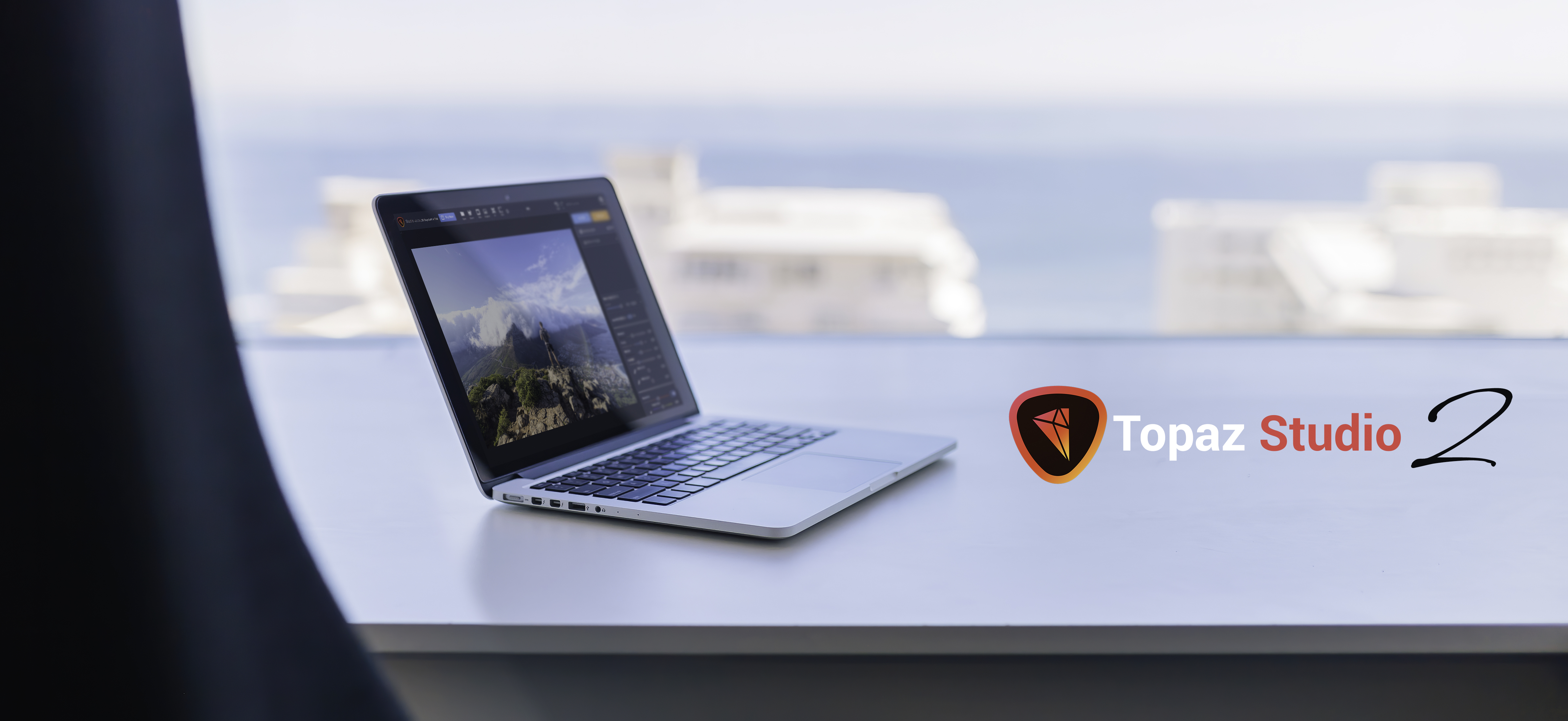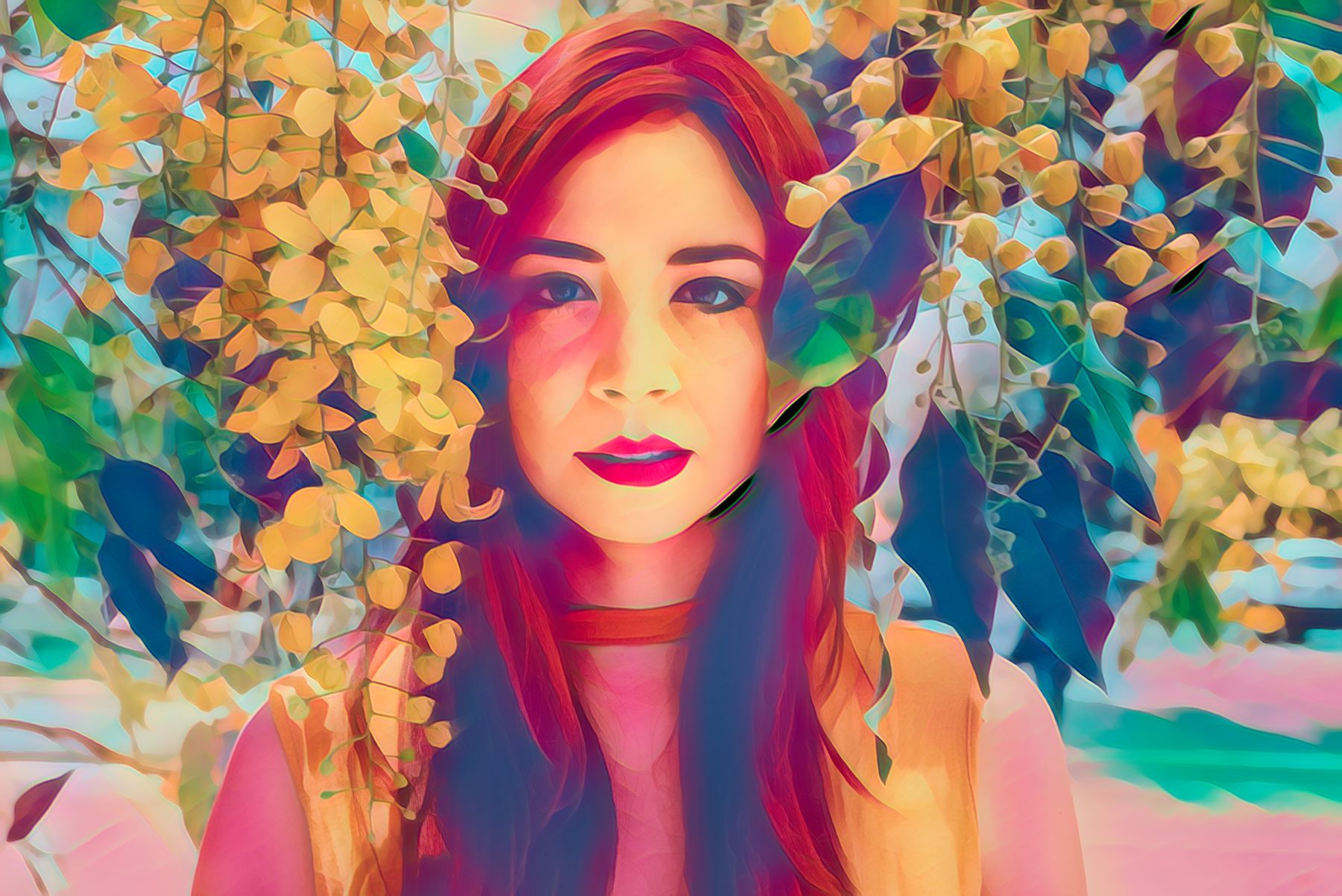
Using Studio
- Using Studio 2 in Photoshop CC
Topaz Studio 2 should automatically configure itself for Photoshop CC when it installs on your computer and you should find it under Filters>Topaz Labs>Topaz Studio 2.
If you have it installed and you are still not able to find it in your filters menu, try re-installing the application. You can use our Topaz Studio 2 Mac Installer or Topaz Studio 2 Windows Installer.
If you’re still not able to find it, you can manually configure it using the following steps:
Mac
- Open ‘Finder’
- Select Go>Go to Folder
- Copy and paste the following path: /Applications/Topaz Studio 2/Topaz Studio 2.app/Contents/Resources/PS_Plugins/TopazStudio2.plugin
- Click ‘Go’
- Right-click (or ctrl+click) on the ‘TopazStudio2.plugin file’
- Select ‘Copy “TopazStudio2.plugin”‘
- Open your Applications folder
- Go to /Applications/Adobe Photoshop CC [year number]/Plug-ins
- Paste “TopazStudio2.plugin” file in the “Plug-ins” folder
Windows
- Open ‘Windows Explorer’
- Go to C:\Program Files\Topaz Labs\Topaz Studio 2\PS_Plugins_x64
- Right-click and copy the “tltopazstudiops_x64.8bf” alias file
- Navigate to C:\Program Files\Adobe\Adobe Photoshop CC\Plug-ins
- Right click in this folder, next to Generator, and paste the file here
- Restart Photoshop CC and try invoking your plug-in once more
- Using Studio 2 in Photoshop CS
Mac
1. Go to your preferences menu in Photoshop and select Plug-ins.
2. Check/enable the Additional Plug-ins Folder option then click Choose.
3. Navigate to: Computer/Macintosh HD/Library/Application Support and select the Topaz Labs folder. If you cannot find this folder, press Command ⌘ + Shift + C to open the Computer Directory.
Be sure you are selecting the entire Topaz Labs folder. If you select a plugin folder, you will add just that one plugin to the Filter menu, but all other plugins will not show.
4. Click OK to save your changes, then restart Photoshop. Once Photoshop opens, go to your Filter menu and you should be able to access Topaz Labs.
Windows
- Please click on Edit in the top menu and select Preferences → Plug-Ins..
- Check/enable the Additional Plug-ins Folder option then click Choose.
- After that, please navigate to:
64bit OS – C:\Program Files (x86)\
32bit OS – C:\Program Files\
- Then, select the Topaz Labs folder
Be sure you are selecting the entire Topaz Labs folder. If you select a plugin folder, you will add just that one plugin to the Filter menu, but all other plugins will not show.
You should see the file path below in Photoshop’s Plug-Ins Preferences. From here, click OK to save your changes, then restart Photoshop. Once Photoshop opens, go to your Filter menu and you should be able to access Topaz Labs.
- How to Use Studio 2 in Lightroom
To use Topaz Studio 2 in Lightroom, follow these steps:
- Preferences → External Editing
- In the Additional External Editor section, under preset please select “Choose” and search for your Studio 2. Make sure you have the application selected (make sure it is the actual icon and not the entire folder).
- Next click on the preset drop down menu and select “save current settings as a new preset” and enter the name of your application
Now that you have Topaz Studio 2 set up as a external editor, just click Photo>Edit In>Topaz Studio 2
Note: For Topaz Studio 2 to save back to Lightroom you will have use to “File → Save” in order to save.
- Using Studio 2 in Photoshop Elements
Using your Topaz Labs plug-ins with Adobe Photoshop Elements is easy. Elements will usually find your Topaz Labs products on its own. You can find them by opening an image in Elements, then opening the ‘Filter‘ menu.
To manually configure Topaz Studio 2 for Photoshop Elements, follow these steps:
Mac
- Open the ‘Adobe Photoshop Elements 2019 Editor‘ menu and select ‘Preferences>Plug-ins‘
- Check the ‘Application Plug-ins Folder‘ box, then click ‘Choose.‘
- Select the folder for the application from the ‘Applications’ folder, then click ‘Choose.‘
- You will need to close and re-open Elements for your application to show up in the ‘Filter‘ menu.
Windows
- Open the ‘Edit‘ menu and select ‘Preferences>Plug-ins‘
- Check the ‘Application Plug-ins Folder‘ box, then click ‘Choose.‘
- In the “Browse for Folder” menu, navigate to OS (C:)>Program Files>Topaz Labs> then select the folder of the application you would like to use in Elements. Press OK.
- You will need to close and re-open Elements for your application to show up in the ‘Filter‘ menu.
- Using Studio 2 in Skylum Luminar
You can use Topaz Studio 2 by opening an image in Luminar 3, then navigating to ‘Edit>Plugins‘. Studio 2 may show up here, but if you don’t see it, check under the ‘Other’ menu.
If you do not see your Topaz Studio 2 under the ‘Other‘ menu, here’s how to add it:
- Under the same ‘Edit>Plugins>Other’ menu, select ‘Open Plugin…’.
- Select the folder for the application from the ‘Applications’ folder, then click ‘Open‘
- You may need to close and re-open Luminar 3 before your plug-in appears in the ‘Plugins‘ menu.
Topaz Labs Blog
Find written and video tutorials to guide you through creative processes in Topaz software. Start creating a masterpiece today!
Topaz Help Center
Got a question? We’ve got answers. Find troubleshooting, tips, and more, or contact our Support Team.












